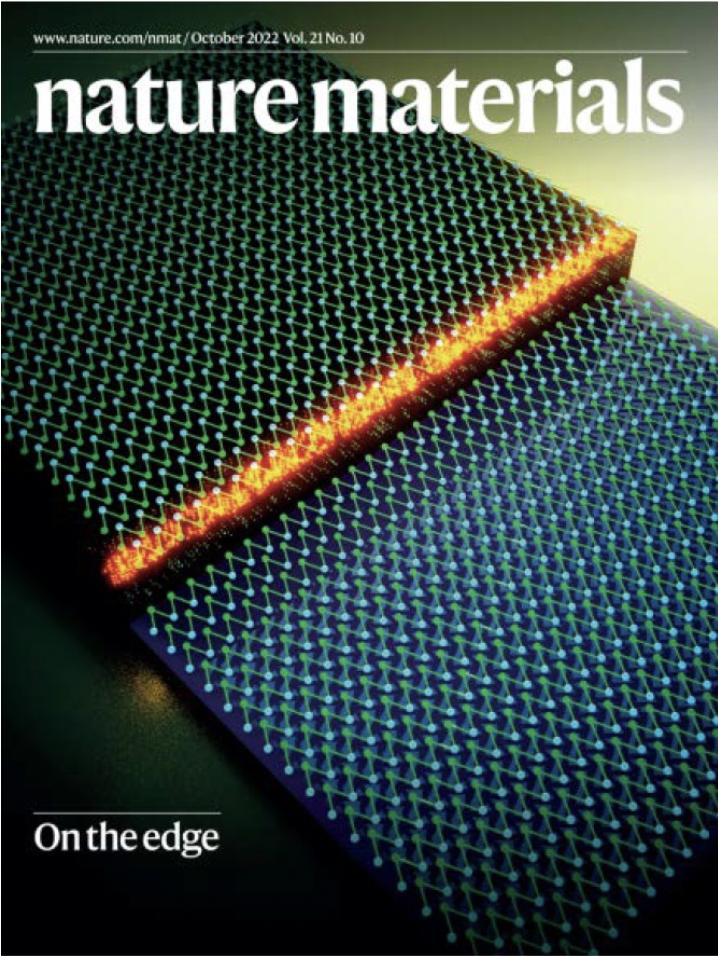Evidence of a Room-temperature Quantum Spin Hall Edge State in a Higher-order Topological Insulator
Room-temperature realization of macroscopic quantum phases is one of the major pursuits in fundamental physics. A topological insulator is a material that behaves as an insulator in its interior but whose surface contains protected conducting states.
Fan Zhang (University of Texas at Dallas)

Room-temperature realization of macroscopic quantum phases is one of the major pursuits in fundamental physics. A topological insulator is a material that behaves as an insulator in its interior but whose surface contains protected conducting states. A two-dimensional (2D) topological insulator features time-reversal symmetry-protected helical edge states residing in an insulating bulk gap and accordingly exhibits the quantum spin Hall effect. The helical edge state features dissipationless electron channels along the sample edges, which is of great interest in energy-saving technology and quantum information science. Among topological insulator candidates, Bi4Br4has a layered structure with van der Waals–like bonding and has been proposed to feature a large insulating gap and weak inter-layer coupling; thus, monolayer Bi4Br4 has the potential to realize a high-temperature quantum spin Hall state. Although previous work using the angle-resolved photoemission technique set out to resolve the topological boundary mode from crystalline steps, it remains elusive whether the observed boundary mode signal arises from the side surfaces or atomic step edges of the crystal. The magnetic-field response and temperature robustness of the predicted quantum spin Hall state are also largely unexplored, which will provide indispensable information for the underlying quantum topology and future applications of this quantum material. Therefore, a real-space experimental investigation of the nature of the edge state with atomic-layer spatial resolution, magnetic-field tunability and temperature control is highly desirable. In this work, vector field and variable temperature-based scanning tunnelling microscopy was used to evidence and elucidate its insulating gap and topological edge state.